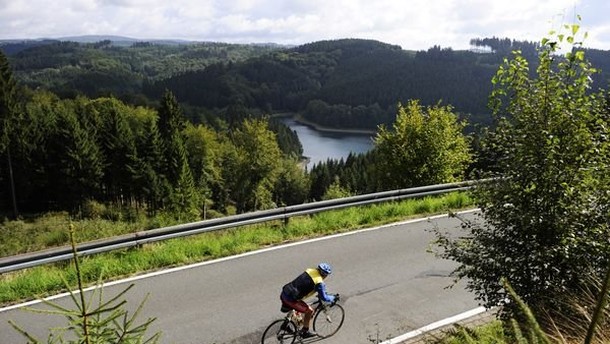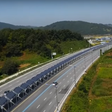
As a glimpse of a greener urban transport future, Germany has just opened the first five-kilometer (three-mile) stretch of a bicycle highway that is set to span over 100 kilometers. Unlike a traditional bike lane, which is separated only by paint on the asphalt, a bicycle highway is an entirely separate roadway where cyclists can zoom along on their merry way without worrying about car traffic at all.
It will connect 10 western cities including Duisburg, Bochum and Hamm and four universities, running largely along disused railroad tracks in the crumbling Ruhr industrial region. A regional development group working on the project, RVR, conducted a use study and determined the new bike highway should take 50,000 cars off the road each day, since nearly two million people live within two kilometers of the route.
The idea, pioneered in the Netherlands and Denmark, is gaining traction elsewhere in Germany too. The banking centre of Frankfurt is planning a 30-kilometre path south to Darmstadt, the Bavarian capital of Munich is plotting a 15-kilometre route into its northern suburbs, and Nuremberg has launched a feasibility study into a track linking it with four cities.



